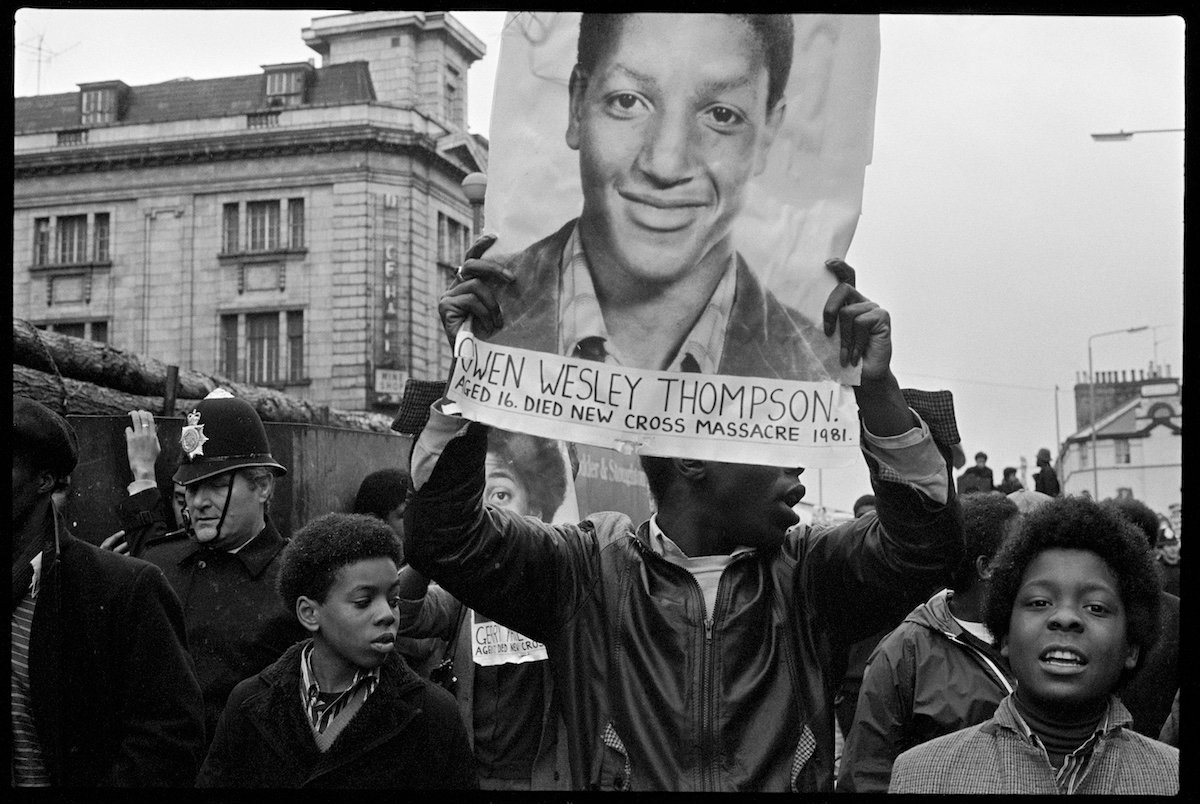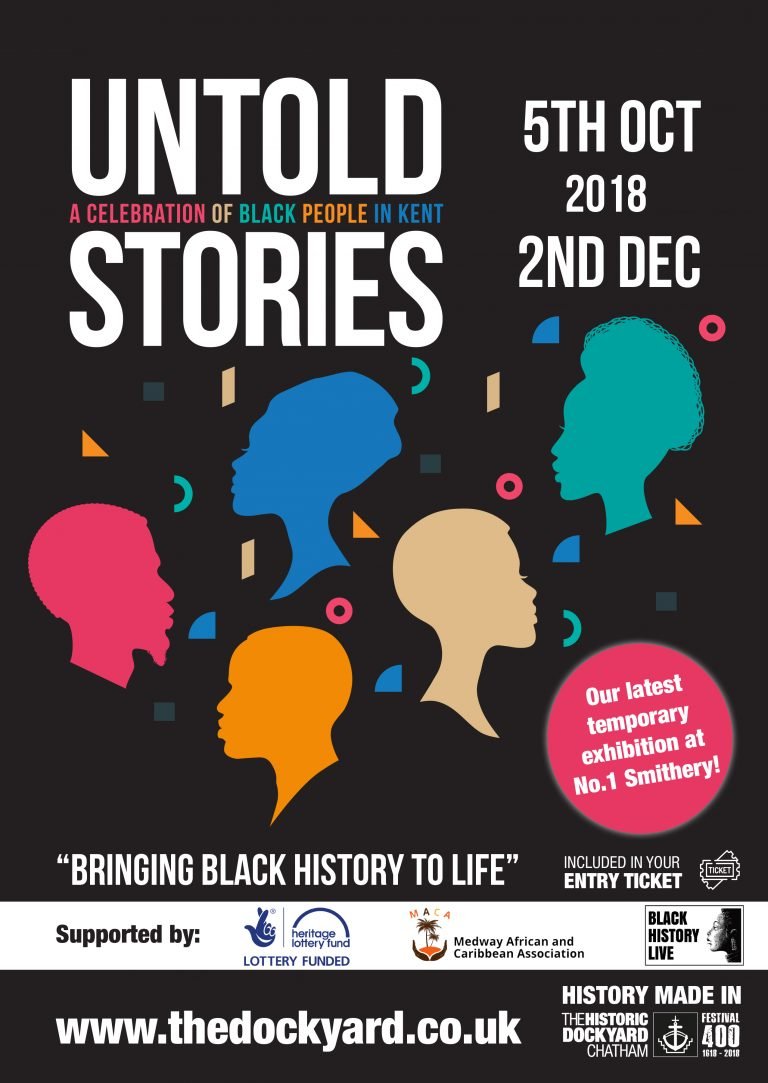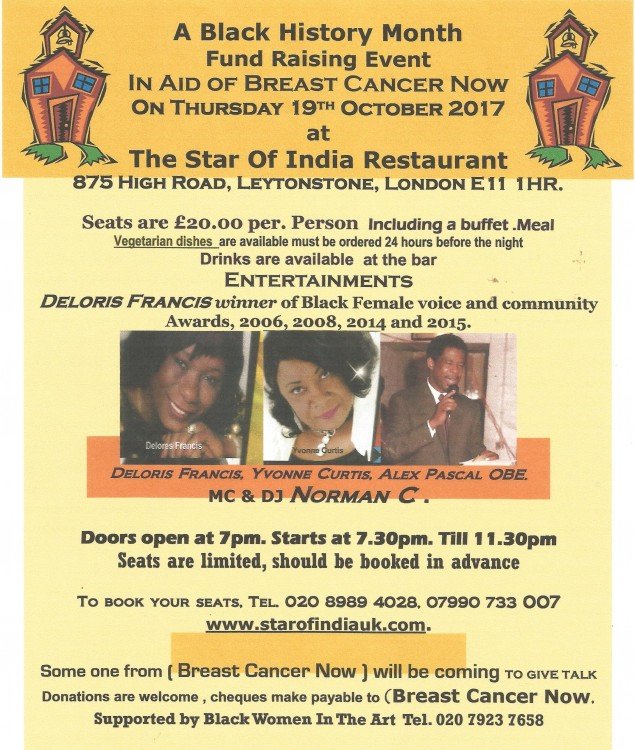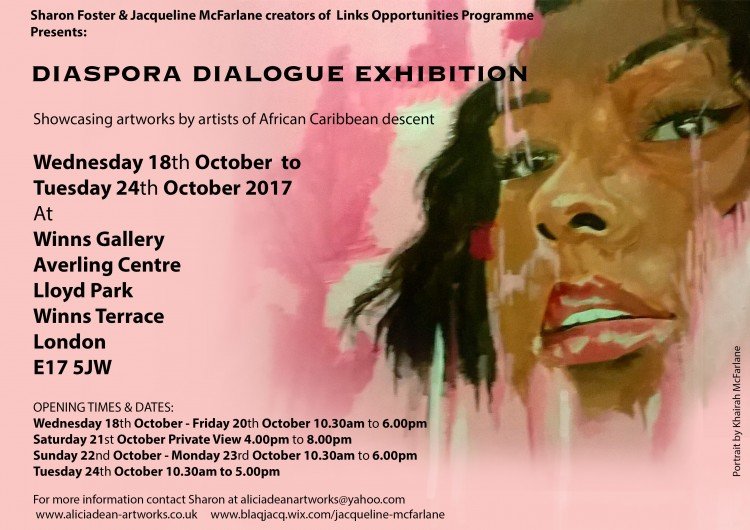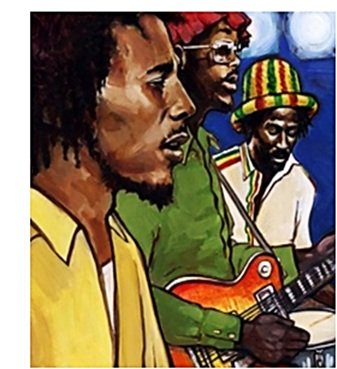13 Dead Nothing Said
Vron Ware – Photographic exhibition 13 Dead, Nothing Said
This exhibition presents a body of photographs taken by Vron Ware documenting the Black People’s Day of Action. The images pay homage to a historic moment of cultural resistance in post-war Britain’s history of community organising.
In the early hours of Sunday 18 January 1981 a fire broke out on 439 New Cross Road, killing 13 young black Londoners as they were celebrating Yvonne Ruddock’s – one of the victims – birthday. One survivor committed suicide nearly two years later, bringing the official death count to 14. Concerns about racism had been running high in the area due to the active presence of the National Front. More importantly, several racially motivated arson attacks had already taken place in the London borough of Lewisham. Initial suspicion within the local community as well as the police was that the birthday party had been firebombed…
In the face of public indifference towards and negative media coverage about the loss of 13 young black lives, as well as perceived inaction on behalf of the police to apprehend suspects, hundreds of people met on 25 January 1981 at the Moonshot Club and marched in protest. The New Cross Massacre Action Committee was set up and plans were made for the Black People’s Day of Action on 2 March 1981.
The Black People’s Day of Action came to be seen a political and cultural turning point as thousands of people gathered to protest against racist violence and police inaction. This unprecedented demonstration assembled in New Cross and, over the course of eight hours, made its way to Hyde Park. As the marchers passed through the streets of south London, workers walked out of their offices to join in, and children and young people scaled the fences of their schools to take part. Young women and men defied police as they crossed the river at Blackfriars to take the protest directly to the home of the British print media in Fleet Street.
Many of the organisers and demonstrators such as Linton Kwesi Johnson, Alex Pascall, Darcus Howe, John La Rose, Stuart Hall, Sybil Phoenix and Menelik Shabazz, were leading voices for the black community.
Vron Ware’s photographs – never shown publicly before – document this historic moment, capturing the demonstrators up close and personal, paying special attention to the signs they carried, as well as the palpable anger these expressed. Her images also display the tense interactions and clashes with the police.
These photographs now form part of Autograph ABP’s permanent digital and print archive, curated for the collection by Renée Mussai in close collaboration with Vron Ware since 2012.
Whilst best known for her scholarly work as an academic and writer, Vron Ware also produced an important and little known body of documentary photography. During the late 1970s and early 1980s she was actively involved in feminist and anti-racist movements, documenting campaigns as a freelance photographer and working as editor for Searchlight anti-fascist magazine from 1981-1983.
This exhibition is presented in partnership with Autograph ABP and the Department of Sociology, Goldsmiths.
https://www.gold.ac.uk/events/
Films related to the events will be screened at the Department of Sociology of Goldsmith University, New Cross, London. Details can be found at the following link.
http://blackhistoryseasons.uk/blood-ah-go-run-and-jus-soli
Venue
Goldsmiths, University of London
Richard Hoggart Building, Kingsway Corridor, Dixon Road, London, SE14 6YZ
Date
March 9 – May 27 2017
Price
FREE

